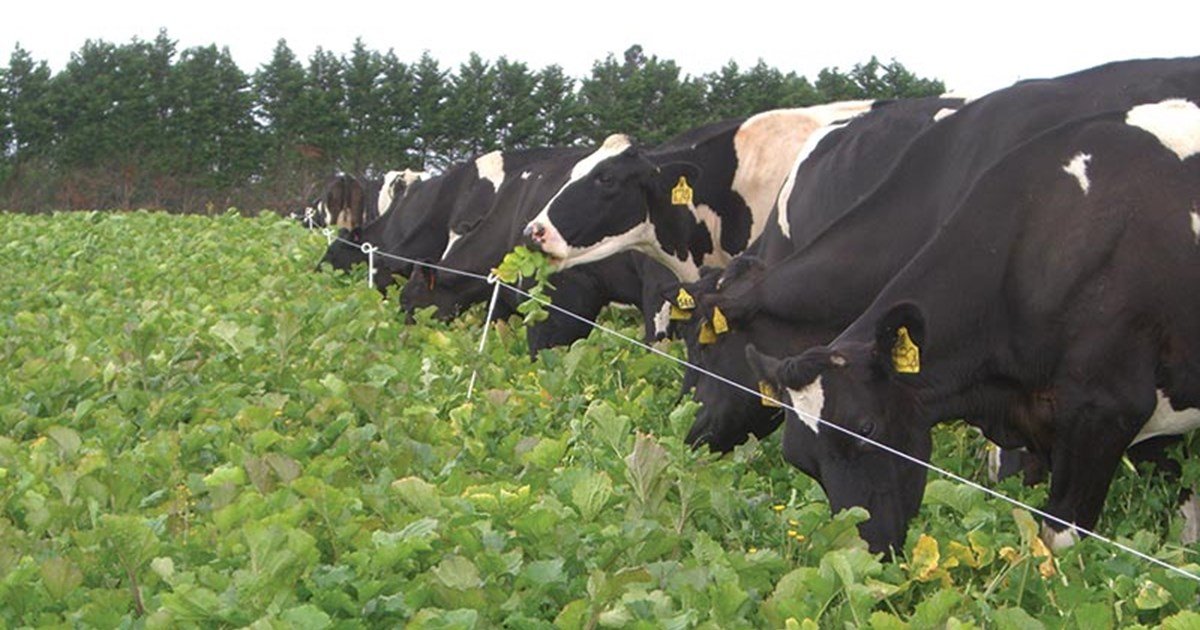Nitrate testing of winter crops
What are nitrates and why are they a problem?
Nitrates are compounds that occur naturally in all plants. They are absorbed from the soil and used to make plant proteins. If they are not converted into proteins they build up in the plant and at high levels can be toxic to livestock.
Nitrates often reach high levels in crops such as kale and other brassicas, greenfeed cereals, and annual/Italian ryegrasses. Levels will increase after periods of cool or cloudy weather (e.g. frosts), drought stress – basically things that affect plant growth rates. Recent nitrate fertiliser use may also increase levels.
In the rumen, nitrates are converted to nitrite then ammonia to break them down. If a lot of nitrate is consumed, nitrite builds up and enters the bloodstream. In the blood it binds to red blood cells, preventing them from carrying oxygen. The animal is effectively starved of oxygen.
What are the signs of nitrate toxicity?
The lack of oxygen means animals show lethargy, difficulty breathing, collapse and sudden death. Abortions can also occur, often several days after exposure.
If you suspect nitrate poisoning: minimise any stress or disruption – if stock have to be moved do so very slowly. Call the vet immediately – there is a treatment available but it must be administered PROMPTLY as death can occur very quickly
What do my test results mean?
Your crop will be tested (leaf and stem separately) and your results reported as:
Low: 0-25 = Safe to feed
Moderate: 50-100 = Feed with caution
High: >100 = DO NOT FEED. Retest in 1 – 2 days
IMPORTANT: this only reflects the level of nitrates in the sample tested – other plants in the same crop may test very differently
If you have moderate levels:
Introduce animals to feed when they are NOT hungry – fill them up on supplement FIRST and only allow them to graze the crop for short periods (1 – 2 hours).
Dilute the high nitrate feed by reducing crop and increasing the amount of “safe” feed in the diet.
Animals can adjust to higher nitrate levels over time – transition them onto crops over at least a week and increase feeding levels slowly. Take extra care with pregnant animals.
These precautions do not guarantee your stock will be safe from nitrate toxicity, but will reduce the risk.
Due to the variation in nitrate levels within crops in the same paddock, all nitrate prone feeds should be grazed with caution, and stock transitioned on to them carefully.

